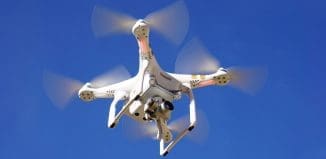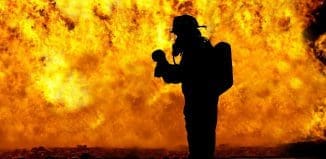How Can Technology Fight Ebola in Off-the-Grid
This post is also available in:  עברית (Hebrew)
עברית (Hebrew)

“You have very little cellphone coverage,” said Steven Van Roekel, chief innovation officer at the U.S. Agency for International Development (USAID). “You have unreliable power everywhere. Devices you would want to put out to the field probably can’t connect to the Internet.”
Health care workers trying to communicate with each can wait for as long as 24 hours for a single text message to inch across 2G cell networks, he told DefenseOne.
“We hear stories about people climbing to the top of an anthill or a tree and holding their phone up so they can get data downloaded on it, and then they go down and they can send an email,” he said.
For now, a big piece of USAID’s efforts lie in improving the technology doctors and nurses use when treating patients with Ebola.
For example, widespread use of tablets and other devices at Ebola treatment centers to track patients’ medical histories has, so far, been limited because there aren’t surefire ways to disinfect commercial electronics.
“You’d have to be able to dip that tablet in chlorine water to get any virulent material that’s on it, off,” Van Roekel said. USAID is now working with providers to offer “ruggedized” tablets.
For now, the best protection for nurses and doctors treating Ebola patients are hooded suits made out of a light-weight plastic material called Tyvek. Workers have to be sure to cover all seams with medical tape and are then swathed in a rubber apron.
Finding more ways to collect data — and more uses for it — is also a key element of USAID’s tech plan.
“Right now, we have a lot of people collecting data but don’t have a lot of visibility into what that data is telling us on the ground,” Van Roekel said.
With better coordination, that data can be used in modeling and other big-data exercises.
“This is taking cellphone records and climate data and population maps and layering them on top of each other to really learn more about the way disease moves through a country,” he said.




























